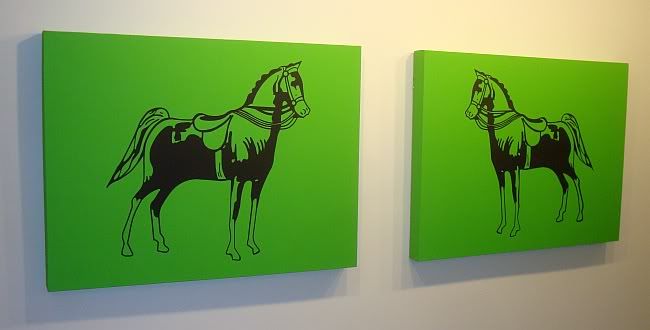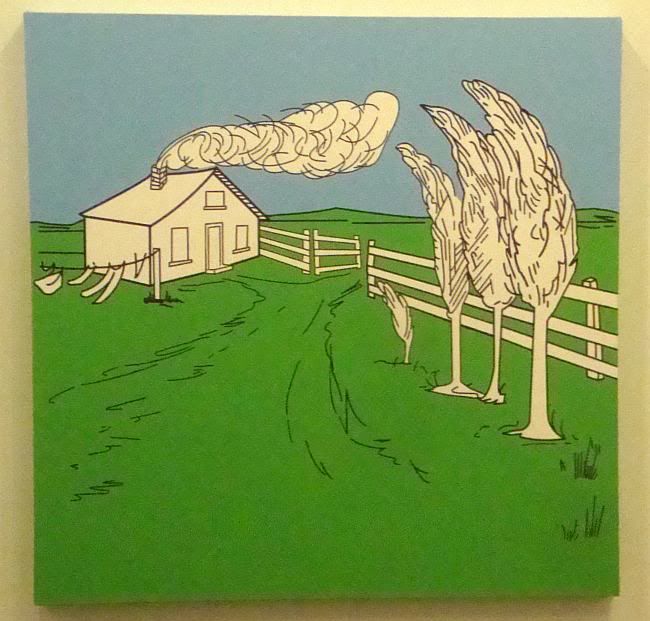Don't worry. Heather Bause's IQ test is pretty easy. In fact, it's not even her test. It's the Stanford-Binet test, an IQ test designed for children with the intent of slotting slow or retarded children into special education (it was also used for Army inductees). The test was created in 1916 and has remained in use to the present day. According to Bause, HISD uses a version of the test, but they keep it secret so that upper-middle-class parents won't send their kids to some kind of Stanford-Binet cram school to gain an advantage on the test. You can buy the modern version of the test online. The test has been an important part of society for many decades. It has had to be updated to reflect cultural changes and to be more sensitive (initially, a person with an IQ less than 20 was called an "idiot"; from 20 to 49, an "imbecile"; and from 50 to 69, a "moron").
Cultural bias has remained a sticking point, as has the definition of intelligence and the notion that intelligence can be measured on a one-dimensional scale. The sheer determinism of the test, putting children in advanced, medium and special ed tracks when they are in first or second grade, has been controversial. Even Binet didn't think it was the best way to judge children's intelligence. But he thought the test was necessary because universal education meant the need to evaluate millions of children every year, which meant that a one-size-fits-all evaluation was required, if not ideal.

Heather Bause, Doublemint Twins, latex on canvas, 36 x 48 inch diptych, 2011
Bause has taken illustrations form the test (presumably an old edition, because they seem quite dated) and blown them up. Her colors are very flat and poster-like. Some, like Doublemint Twins, feature an illustration where the associated question on the test is not particularly obvious. Others seem to be illustrations for the question: "What's wrong with this picture?"

Heather Bause, Windy Trees, latex on canvas, 36 x 36 inches, 2011
In Windy Trees, Bause has colored part of the canvas and left part white. The original illustrations were black and white line drawings. The uncolored part illustrates what the test taker is supposed to notice. Can you see what's wrong with this picture?

Heather Bause, Troubled Bike, latex on canvas, 23 x 36 inches, 2011
Likewise with Troubled Bike, the problem with the picture is in the uncolored part.
Looking at these, I assume that Bause has strong feelings about Stanford-Binet. But the work doesn't give you much clue what those feelings are. In a sense, by turning these ultra-generic illustrations into hand-made, one-of-a-kind paintings, she is valorizing them. It seems like a typical pop art strategy, one usually drenched with irony. But this isn't Campbell's Soup--Stanford-Binet is a major piece of 20th-century social engineering. It hardly seems possible that an artist or any thinking person could be indifferent to it.
If her meaning is political, then one wonders why she made paintings of them in the first place. These images are perversely attractive. They have a poster-like directness. So why not just make posters? Why are they paintings in the first place?
These are the questions that went through my head as I looked at this show, questions I don't really have an answer for. So maybe I'm not passing Heather Bause's IQ test after all.

No comments:
Post a Comment